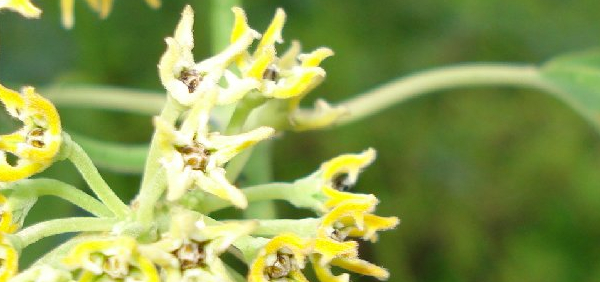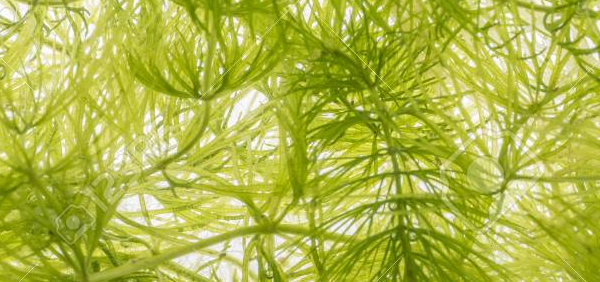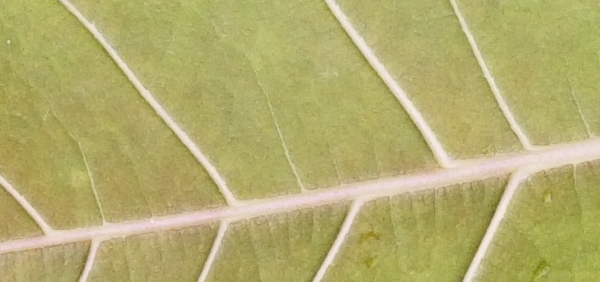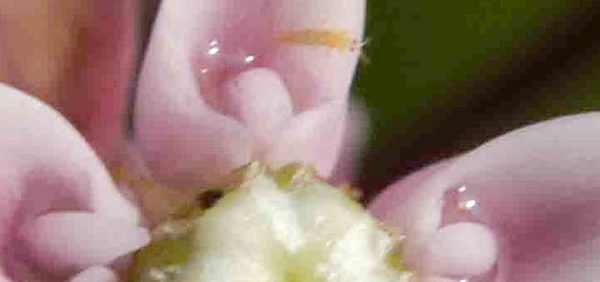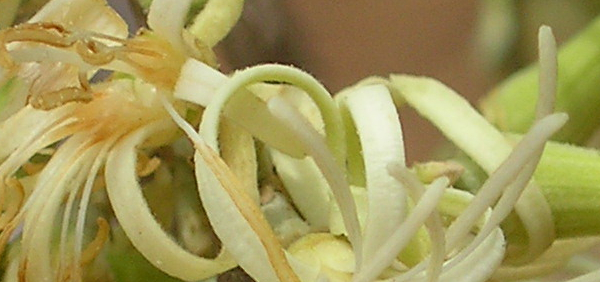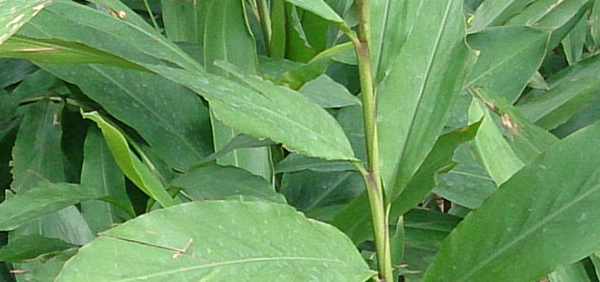musli :

Use in other system of medicine:
Traditionally, tubers are used in the treatment of rheumatism and the leaves as vegetable in various culinary preparations. It is traditionally used for its aphrodisial properties in lack of libido male impotency, oligospermia. It is also widely used as a general health promotive tonic and for delaying the ageing process. Dried root powder increases the lactation amongst the feeding mothers and lactating cows. It also removes the knee pains within a week if taken daily with milk . Leaves are eaten by the tribal people of Western Ghats as an expectorant. In the traditional diet of nursing mothers (after confinement) its powder is added in the preparation of laddoos (sweet prepared in ball form) to be taken as a energizing food. Efforts are on in countries like the USA and England to make chips/flakes with the tubers to use it as a nutritious item in breakfast. C. borivilianum has been described in ancient Indian literature such as Bhavaprakash nighantu, Rasendra Sarsangrah, Raja Ballabh Nighantu as ‘Vajikaran’ or aphrodisiac. The roots of C. borivilianum are a constituent of ‘Chyawanprash’ an outstanding rejuvenator . It is known as the Indian Ginseng , because of great therapeutic importance and its tubers are the major constituents of more than 100 ayurvedic preparations- » Classification and names of musli
- » Synonyms and definitions of musli
- » Drug Properties of musli
- » Chemical Constituents of musli
- » Standardization of musli
- » Parts used and Dosage of musli
- » Morphology and Histology of musli
- » Distribution and Conservation of musli
- » Cultivation of musli
- » musli in the market
- » Medicinal Uses of musli
- » Researches and clinical trails of musli
- » musli in other sytems of medicine
- » Ayurvedic formulations with musli
- » Images of musli



